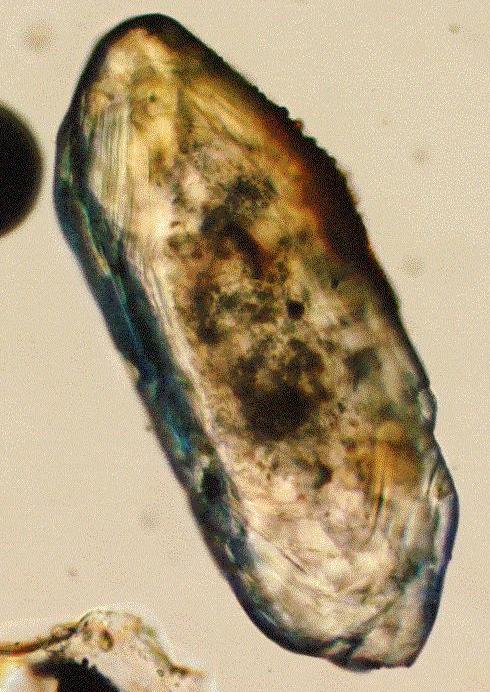Life may have got going on Earth 300 million years earlier than first proposed, according to a study of ancient rock samples from Australia.
The geological record shows direct evidence of microfossils dating back at least 3.5 billion years, which is roughly one billion years after the Earth first formed.
Meanwhile, chemical signatures of life have been detected as far back as 3.8 billion years.
Now, working with samples collected at the Jack Hills range in Western Australia, scientists at the University of California Los Angeles (UCLA), have combed their way through thousands of microscopic rock grains called zircons.
These silicate crystals can act as tiny time capsules, capturing and sealing away inside themselves material that was abundant at the time they were forming.
One of the 10,000 grains analysed by Elizabeth Bell and her colleagues analysed contained what they were looking for: it was crack-free, so the contents should be pristine, and it contained small carbon particles.
The surface of the crystal was ground away to expose the carbon particles, which were tested to measure the ratio of heavy and light forms of carbon, known as isotopes.
These different forms of carbon occur naturally in known amounts in the environment. But for reasons of energetics, biological processes preferentially make use of the lighter, carbon-12 isotope.
This means that this form occurs becomes enriched in deposits that have been in contact with living systems.
The carbon particles in the zircons showed exactly this bias. And dating of the crystals indicated that they formed about 4.1 billion years ago, suggesting that life may already have been established by this time, more than 300 million years earlier than previous evidence had suggested.
The team acknowledge in their paper in PNAS where the the discovery was announced this week, that the findings are based on a single zircon and therefore should be interpreted cautiously.
They also highlight that other factors could have skewed the carbon ratio in this way, including changes in temperature and meteorites, although these appear to be unlikely because other chemicals that should also have been affected by these processes do not show any of the expected changes.
Instead the team theorise that the carbon particles were part of a colony of primitive early microbes. If they are, then, as other commentators on the work have remarked, "if life is responsible for these signatures, it arrives fast and early."










Comments
Add a comment